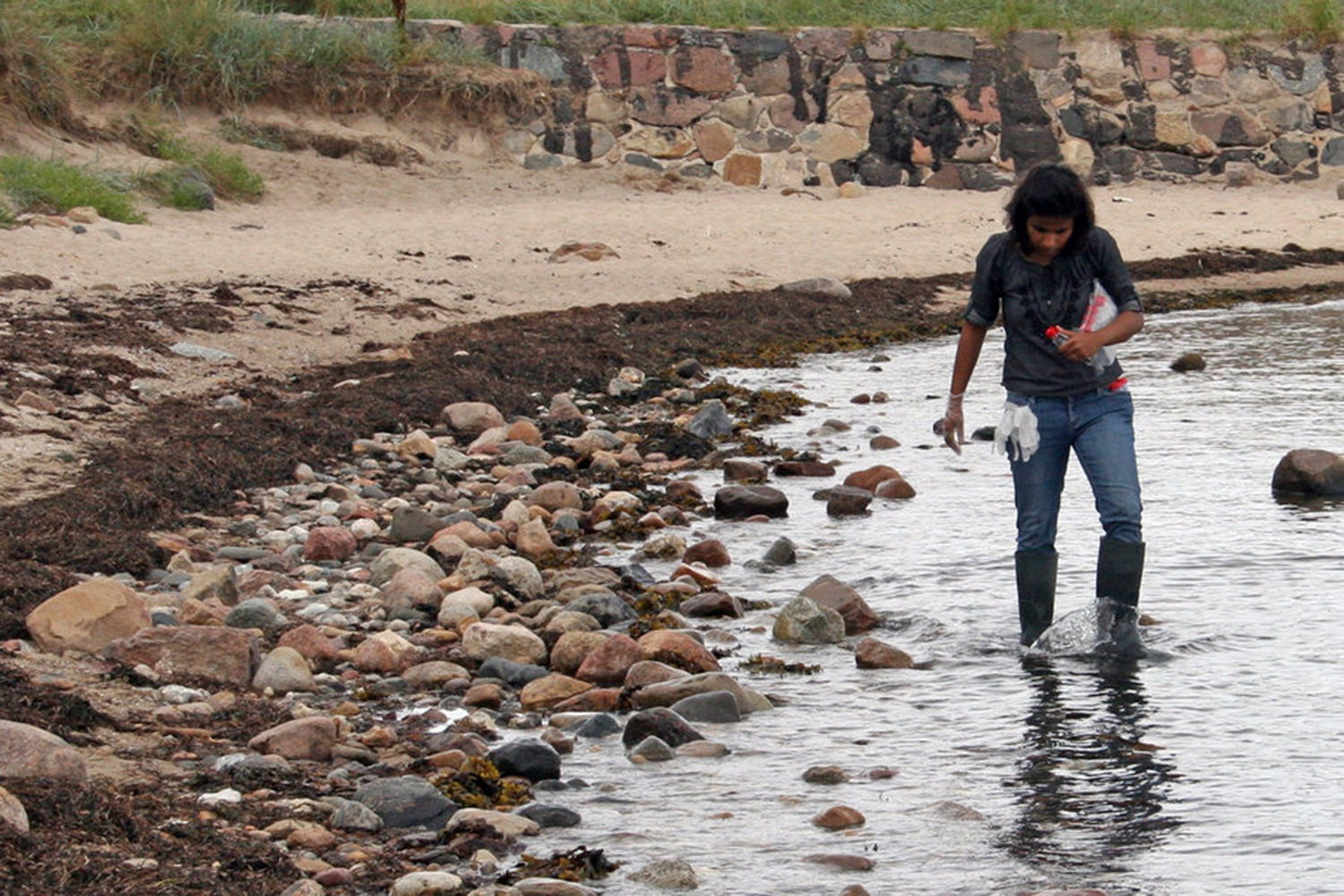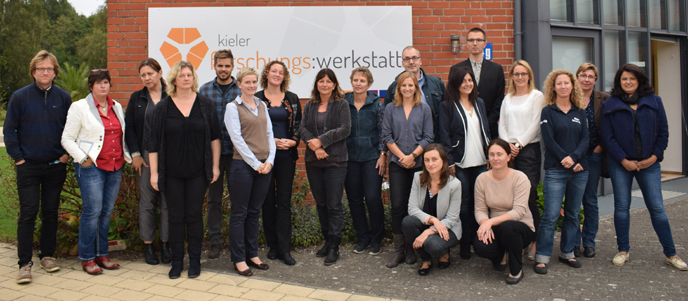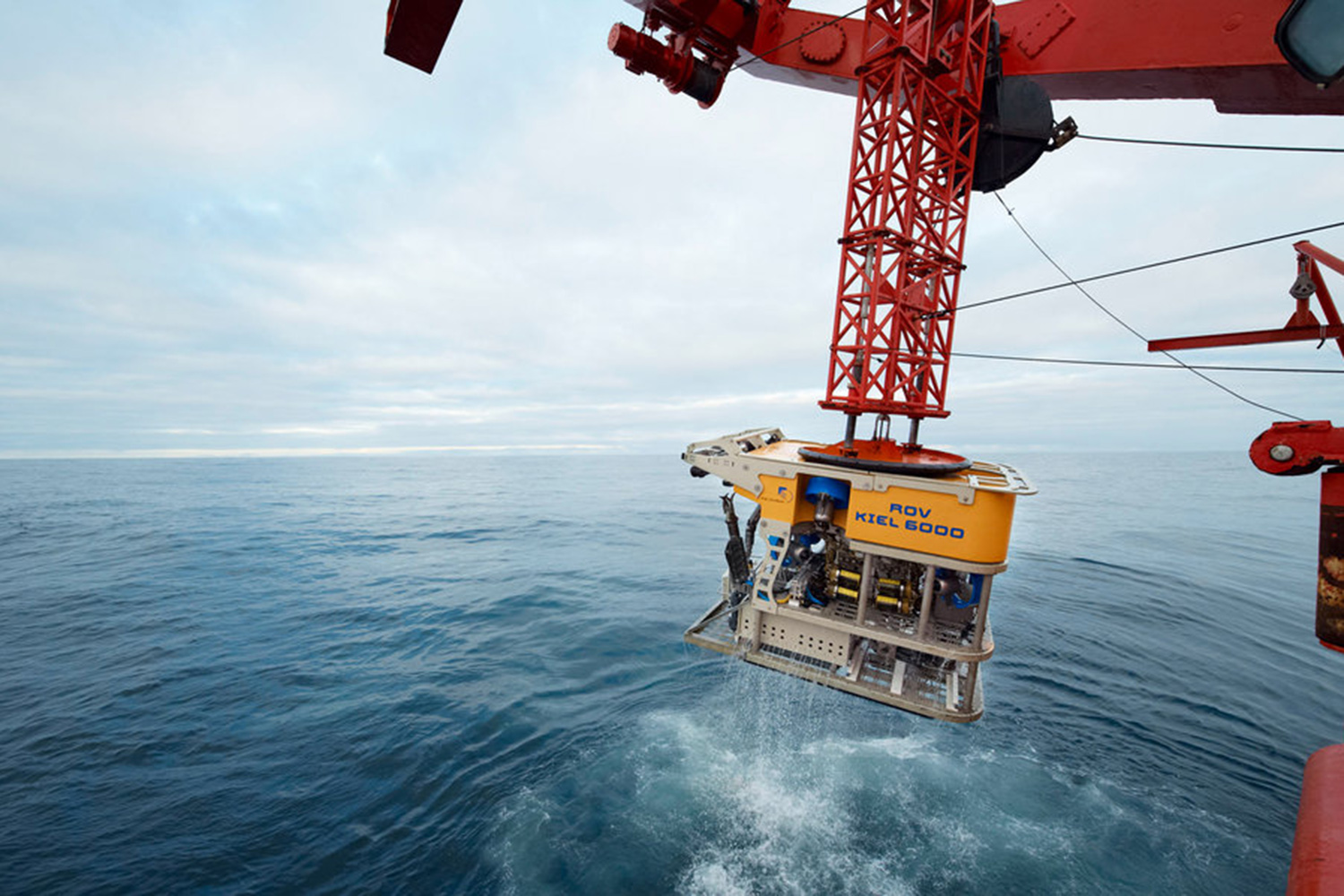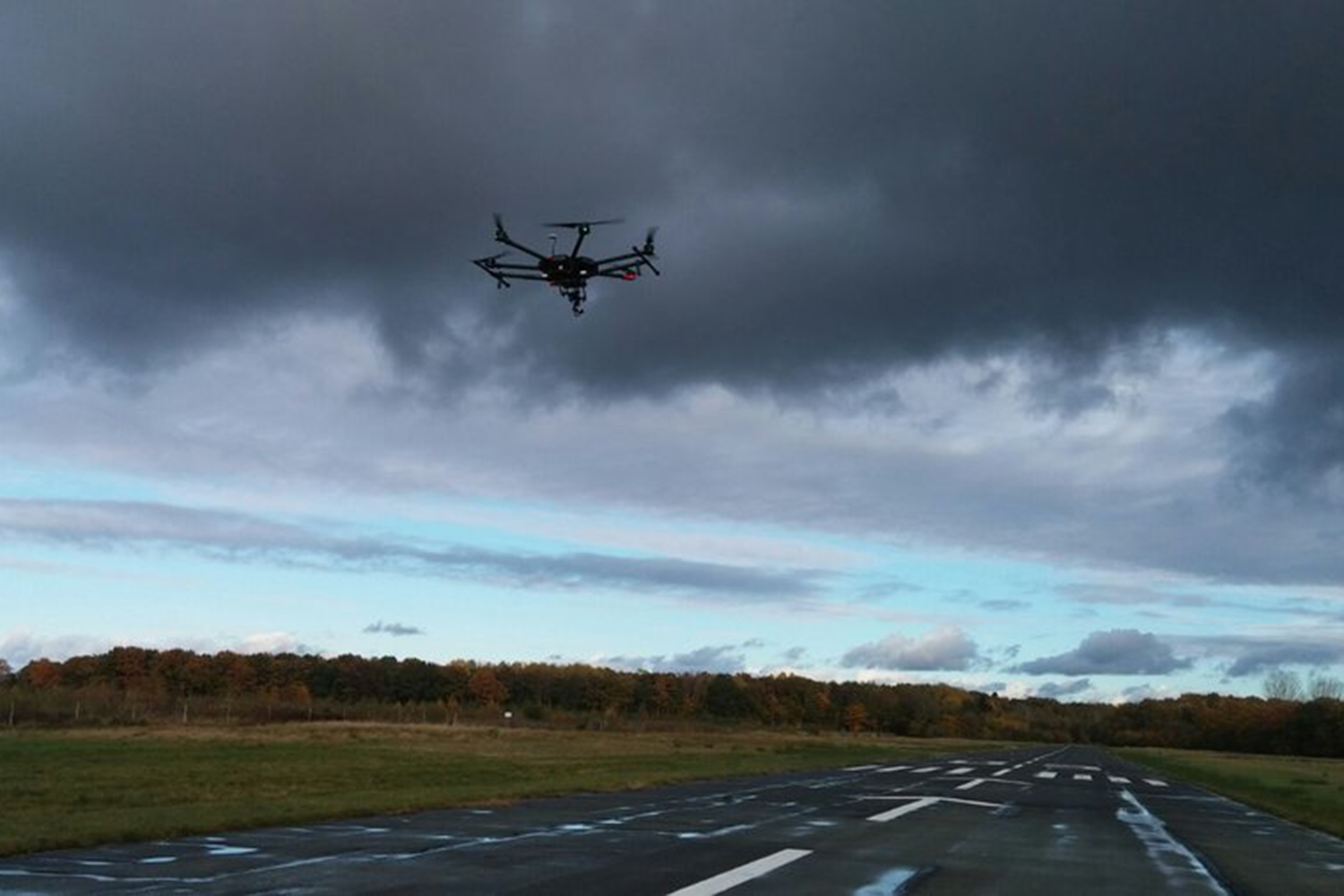The rate of marine invasions has lately been shown to increase, partly due to global change. Biological invasions are usually blamed to threaten biodiversity, alter ecosystems and ecosystem functioning. A prominent example of marine invasive algae is the East Asian red algae Gracilaria vermiculophylla. Ecologists of GEOMAR Helmholtz Centre for Ocean Research Kiel have now published a study in the international Journal of Ecology in which they can show that the defense mechanisms of invasive Gracilaria have undergone a rapid adaptation to face new enemies.
The invasive seaweed has been listed among the 4 most potent invaders among the 114 algal species introduced to Europe. Originally belonging to the coast of Northeast Asia Gracilaria has spread beyond its native range and is now present along the coasts of the East- and West Pacific, the East Atlantic and the Mediterranean Sea. In 2005, Gracilaria was first detected in the Kiel Fjord. Followed by a ‘boom’ - ‘bust’ in the first years of introduction, the algae nearly disappeared. In recent years there is a regrowth of the population. Looking for the reasons of this growth development, ecologists of GEOMAR Helmholtz Centre for Ocean Research Kiel have now analyzed the defense mechanisms of native (South Korea) and alien Gracilaria (German and Danish populations) to bacterial vermins originating from South Korea and Germany, Denmark respectively.
“Our study is novel and exciting because it is the first study demonstrating the role of defense adaptation to new fouler enemies contributing to success of an exotic plant invasion - a new and most relevant aspect of the invasion process.” says Dr. Mahasweta Saha, the main author of the study.
In a complex experimental approach, which included a crosswise testing of alien and native populations of the algal host and co-occuring microfoulers, Dr. Saha could show that native and the alien populations of the seaweed were equally well defended in their actual habitat, but were weakly defended when confronted to potentially harmful bacterial foulers from the other habitats. This means, that the alien populations within a few years have lost their defense capacities against old foes but acquired potent defenses against the new foes.
Such a rapid change during an invasion process has not yet been shown with regard to chemical defenses. Although Dr. Saha has used an invasive marine plant as her model organism, the work is of general interest to ecologists as the adaptation dynamics as found in her study could be also applicable to other types of host plant – enemy interaction e.g. plant root – microbe interactions, freshwater plant – fouler interactions in general and for cases of shifting plant – enemy interactions in course of climate change. The project results being novel and exciting and of broad relevance, she hopes to reach out to ecologists beyond her immediate community.
Despite the fact that a rapid adaptation of defense was observed in the current work, the team does not know on which mechanisms (up or down regulation of certain compounds, epigenetic shifts, selective mortality) the apparent fast adaptation of defense of Gracilaria is based. Thus, the current research has the potential to open up new seminal research fields and the underlying mechanisms could be investigated in future using epigenetic, metabolomic and chemoecological approaches. Knowledge about adaptation speed may help explaining not only why certain invasive species become established and proliferate in newly introduced environments, but also how species in general respond to shifting habitat conditions in response to climate change. “Thus, in future, we would like to investigate the adaptation rate of the model alga.” says Dr. Saha.
The study was conducted within the Cluster of Excellence "The Future Ocean".
Reference
Saha, M. J. Wiese, F. Weinberger, M. Wahl (2016): Rapid adaptation to controlling new microbial epibionts in the invaded range promotes invasiveness of an exotic seaweed. Journal of Ecology, http://dx.doi.org/10.1111/1365-2745.12590
Links:
www.geomar.de GEOMAR Helmholtz Centre for Ocean Research Kiel
Contact:
Sarah Kaehlert (GEOMAR, Communication & Media), Tel.: 0431 600-1815,
presse@geomar.de
…



